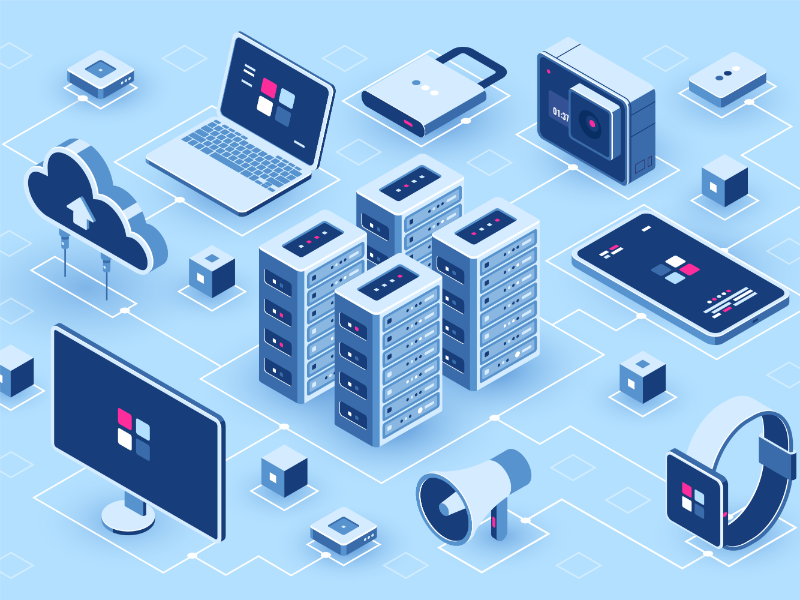- Data latency refers to the time delay in transmitting, processing, or retrieving data, impacting digital experiences across industries
- Reducing latency through optimized networks, edge computing, and faster storage solutions is essential for seamless connectivity and real-time applications
In today’s digital age, where speed is everything, the term data latency is becoming increasingly relevant. Whether you’re streaming your favorite show, playing an online game, or managing a business with real-time analytics, data latency plays a crucial role. But what exactly is data latency, and why does it matter? This guide simplifies the concept for beginners and explains why reducing latency is vital for our hyper-connected world.
Also read: What is data replication and why is it important?
Also read: What is internet latency?
Also read: What is a good data transfer rate for a router?
What is data latency?
Data latency refers to the time it takes for data to travel from its source to its destination. This delay can occur during data processing, transmission, or retrieval, impacting how quickly information becomes available. Think of it as the lag you notice when you click a link, and the website takes a moment to load. While the difference is often measured in milliseconds, even minor delays can have significant consequences in certain industries, such as finance, healthcare, and gaming.
How does data latency work?
Data moves through networks, systems, and devices before reaching the end user. Along the way, it encounters various stages:
- Transmission: Data is sent from the source, like a server or a database.
- Routing: The information passes through routers, switches, and other network infrastructure.
- Processing: Once received, the destination system processes the data to generate a response or display the requested information.
At each step, latency can occur due to factors like network congestion, physical distance, or processing inefficiencies.
Types of data latency

Understanding the types of data latency can help identify and address issues effectively:
- Network Latency
This occurs when data faces delays during transmission through a network. Common causes include long physical distances, inadequate bandwidth, or hardware limitations. - Processing Latency
This happens when systems take too long to process the incoming data. Inefficient algorithms or overloaded servers often contribute to this. - Storage Latency
This refers to the delay caused when retrieving data from storage devices like hard drives or databases. Faster storage solutions, such as SSDs, can help reduce this.
Why does data latency matter?
For many industries, low latency isn’t just a preference—it’s a necessity:
- Gaming: Online gamers require instant responses to maintain a smooth experience. High latency leads to lag, frustrating players and impacting gameplay.
- Finance: In stock trading, even a few milliseconds of delay can result in significant financial losses.
- Healthcare: Real-time data in telemedicine and emergency scenarios can mean the difference between life and death.
How to reduce data latency

If you’re struggling with high data latency, consider these strategies:
- Upgrade Network Infrastructure
Investing in high-speed internet, fiber-optic connections, and modern hardware can significantly reduce network latency. - Utilize Edge Computing
Placing data processing closer to the user minimizes the distance data needs to travel, speeding up responses. - Optimize Applications
Streamlining algorithms and minimizing unnecessary processes can help reduce processing latency. - Leverage Content Delivery Networks (CDNs)
CDNs store copies of data in multiple locations worldwide, ensuring that users access content from a nearby server, reducing delay.

